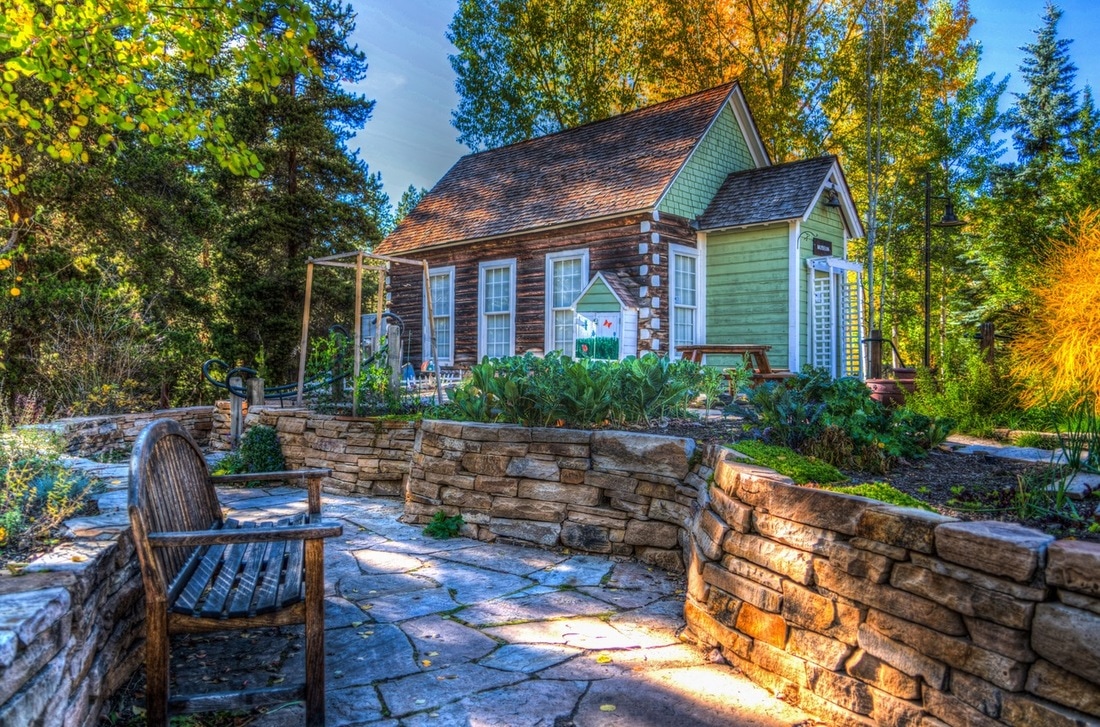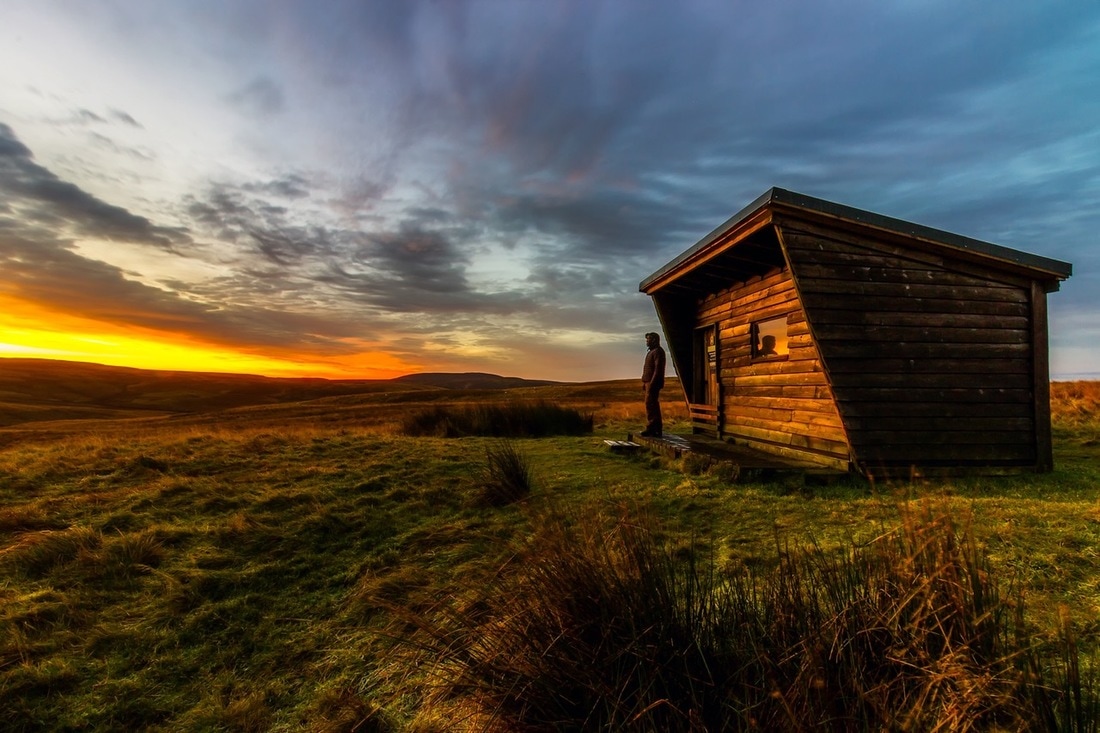What is the Tiny House Movement?
In 1950, the average size of a new single family home was 983 square feet. Home sizes have been growing since then, with the average size of a new single family home being reported at 2,662 square feet in 2013. It's no wonder many people are perplexed by the growing popularity of the tiny house movement. We did some research and found out the driving forces behind the tiny house trend.
Financial Demand
Not only are tiny homes generally less expensive, taxes, building costs, heating, maintenance, and repair costs are also lower the smaller a home is.
Simple Living
Environmental Impact
Some tiny houses are built with reclaimed or recycled materials, and utilize energy efficient tools such as solar panels and rain water gathering, which are also great for the environment.


